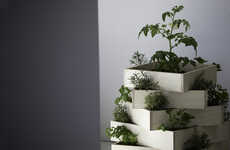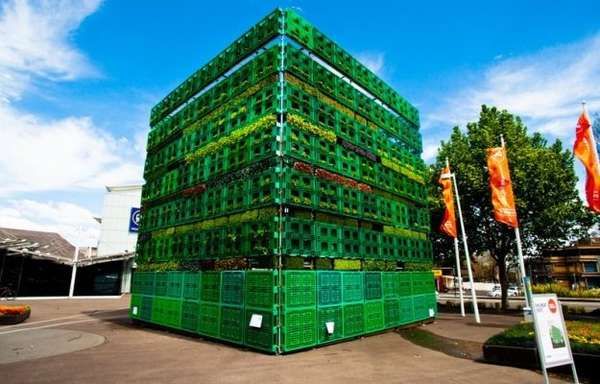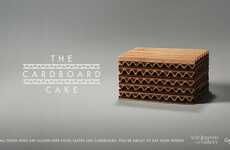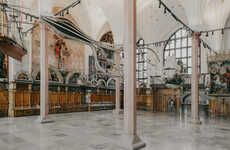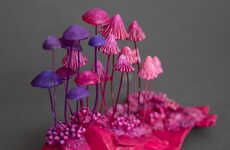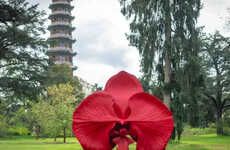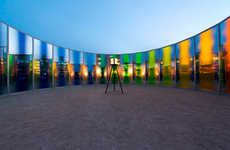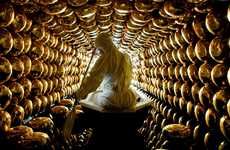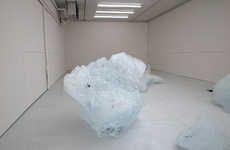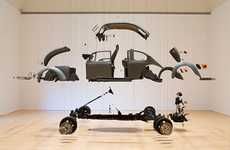
The Great Crate is Made Up of 25,000 Edible Plants
Meghan Young — November 1, 2012 — Eco
The Great Crate is an impressive living sculpture made up of 25,000 edible plants. Comprised of 256 green crates, it looks almost as though it were one gigantic carton. A beautiful collaborate effort between studios and individuals alike, including but not limited to design studio Telly Theodore & Associates, architect Andy Macdonald, and curator Danella Bennett, The Great Crate also involved the community. Locals were asked to grow plants from distributed seeds, which then formed part of the giant green cube
Commissioned for the City of Sydney’s Art & About public art festival and developed by Plus One, The Great Crate was recently installed at Green Square rail station. When the festival came to a close, locals were invited to take a container for their own personal use.
Commissioned for the City of Sydney’s Art & About public art festival and developed by Plus One, The Great Crate was recently installed at Green Square rail station. When the festival came to a close, locals were invited to take a container for their own personal use.
Trend Themes
1. Edible Urban Sculptures - Creating large-scale living sculptures made up of edible plants offers a unique way to incorporate urban farming and sustainable food sources into public art installations.
2. Community-driven Collaborations - Involving the local community in the creation of public art projects fosters a sense of ownership and connection, while also promoting engagement and participation.
3. Sustainable Art Festivals - Art festivals that prioritize sustainability and environmental consciousness can inspire innovative projects that combine art, nature, and community engagement.
Industry Implications
1. Urban Farming - Integrating urban farming practices with public art installations provides an opportunity to promote sustainable agriculture and address food security in urban areas.
2. Public Art - By creating collaborative and interactive public art projects, artists and designers can enhance the aesthetic appeal of cities while fostering a sense of community and engagement.
3. Event Management - Organizers of art festivals and public events can embrace sustainability principles by showcasing innovative and eco-friendly projects that involve the local community.
5.1
Score
Popularity
Activity
Freshness



